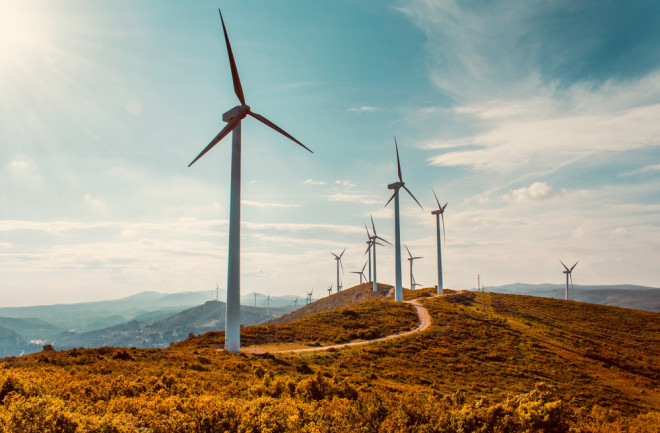Women make up about a third of the workforce in science, technology, engineering and math (STEM). Though still underrepresented, women have made gains over the years and now comprise almost half of students earning STEM undergraduate degrees.
But despite women's current struggles in pursuing STEM education and careers, historically, there have always been women who persevered in these areas. Marie Curie, Lise Meitner and Katherine Johnson are just a few. Anna Mani is another. As a pioneer in meteorology, her contributions as “The Weather Woman of India” made her respected and admired.
Anna Mani's Early Life
In 1918, Anna Mani was born into a prosperous Indian family, the seventh of eight children. Her father was the owner of several cardamon estates, in addition to being a civil engineer. As a scientist, he taught his children not to accept any statement unless it could be tested and verified, instilling the concept of objective thinking in them.
At a time when only about 1 percent of the female Indian population was literate, Mani was the exception. She was a voracious reader with a thirst for knowledge. For her eighth birthday, she declined her family’s traditional gift of diamond earrings and requested a set of encyclopedias instead. By age 12, she reportedly had read almost all the books at her local library.
Anna Mani's Education
Although most young women in India at the time didn’t pursue higher education while growing up, Mani was dedicated to her academic studies. After earning her undergraduate degree, she received a scholarship in 1940 to research physics at the Indian Institute of Science in Bangalore. There, she studied the spectrometry of rubies and diamonds, working with Nobel Laureate C.V. Raman.
Her work led to the publishing of five research papers and a Ph.D. dissertation. However, she was denied a Ph.D. because she didn’t have a master’s degree. She received a government scholarship to study physics in London, but when she arrived, the only available internship was in metrological instrumentation. This unintended turn of events would be pivotal to Mani’s later achievements and legacy.
Read More: Meet 10 Women in Science Who Changed the World
Anna Mani's Contributions
Anna returned to India in 1948, after India had gained its independence. Mani joined the Indian Meteorological Department, where she led efforts to develop weather instruments so India could be self-sufficient and no longer depend on imports. She became the deputy director general of the department, and she and her team successfully modified the design and production of almost 100 instruments.
The ozone was one of her areas of study. It was this work that led to Mani’s creation of an instrument called an ozonesonde. This enabled the accurate measuring of the ozone layer and the understanding that the ozone’s thickness varied depending on geographic location and air pollution. Mani was ahead of her time in recognizing the significance of the ozone layer in protecting life on Earth.
Famous Anna Mani Quotes
Anna Mani will be remembered for her dedication to the scientific method, her belief in the ongoing nature of scientific inquiry and her encouragement for others to actively participate in the pursuit of knowledge. These qualities make her an important figure in the history of science and an inspiration to those who follow in her footsteps. Her mindset was immortalized in some of her better-known quotes:
“Find a better way to do it!”
“Wrong measurements are worse than no measurements.”
“We have only one life. First equip yourself for the job, make full use of your talents and then love and enjoy the work, making the most of being out of doors and in contact with nature.”
What Was the Cause of Anna Mani's Death?
In 2001, at the age of 83, Mani suffered a stroke and died. Her work and contributions continue to impact the field of meteorology.
She also serves as an inspiration for girls and women in STEM: She defied traditional Indian gender norms by pursuing education and a career and choosing not to marry, and viewed men and women as intellectual equals. Mani said, “My being a woman had absolutely no bearing on what I chose to do with my life.”
Read More: The 50 Most Important Women in Science

